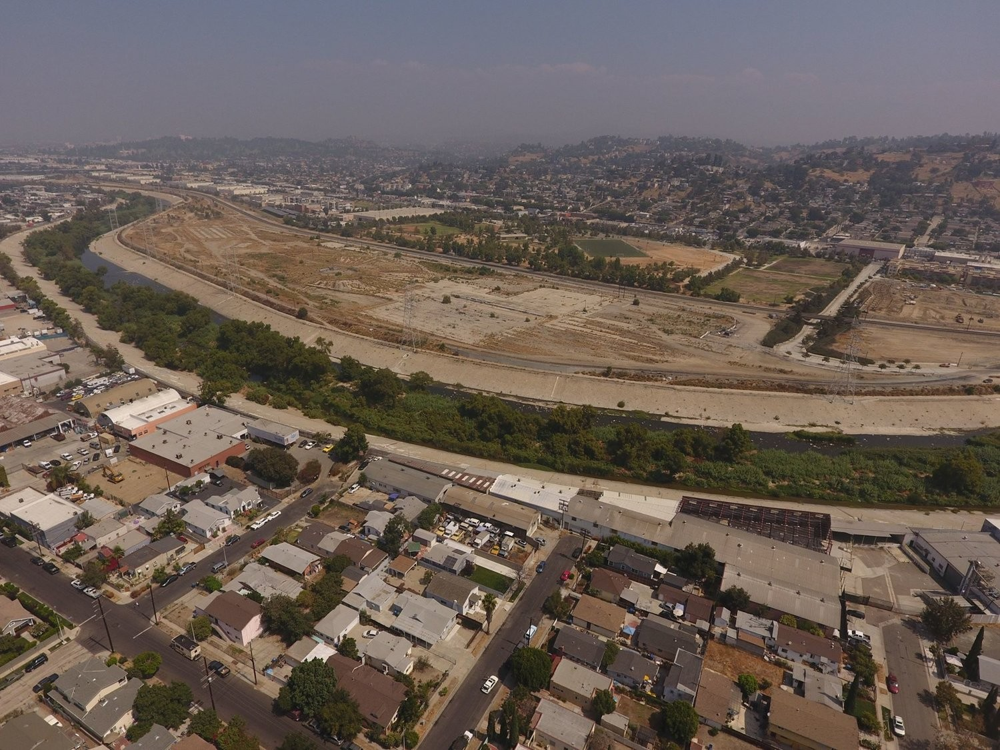The history of Taylor Yard is deeply rooted in the rich narrative of Los Angeles. It was the original home of the Tongva Indians and the place where Los Angeles was first named. On August 2, 1769, the Portola expedition crossed the Arroyo Seco and camped here, describing a lush valley with ample water sources and diverse wildlife. The region’s fertile soil and abundant natural resources were a magnet for early settlers, shaping the unique identity of Taylor Yard.
The Los Angeles River, a 51-mile waterway flowing through the heart of Los Angeles County, has been pivotal in shaping the region's landscape, ecology, and human history for thousands of years. From its origins in the Simi Hills and Santa Susana Mountains to its mouth in Long Beach, this iconic river has undergone dramatic transformations that mirror the evolution of Los Angeles itself. Once a free-flowing, life-sustaining artery for indigenous communities and early settlers, the Los Angeles River has witnessed the area's transition from a pristine wilderness to one of the world's largest urban centers. Its story is one of natural abundance, human intervention, environmental degradation, and renewed hope and restoration efforts.
Los Angeles River
The river was the source of life for the region, inspiring Spanish settlers to establish the Pueblo de Los Angeles on its banks in 1781. The river's beauty and bounty were significant draws. In the 19th and early 20th centuries, the river powered the city's industry as an essential transportation corridor and supported extensive farming, creating economic value and growth. It was the primary water source for the LA Basin until 1913.


